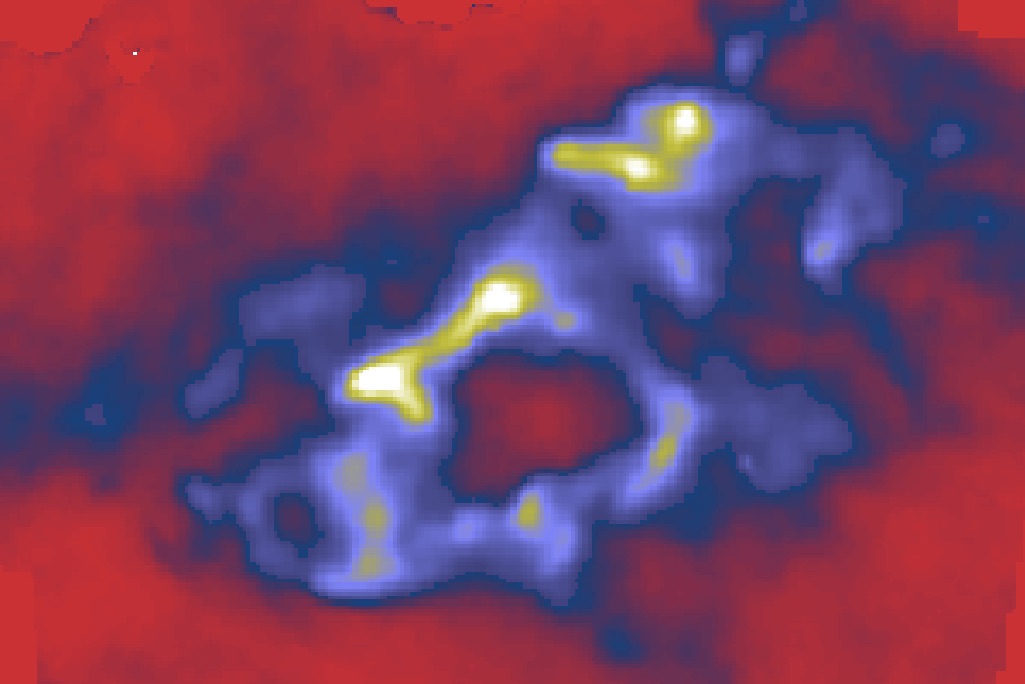Context. The Galactic Cold Cores (GCC) project has made Herschel photometric observations of interstellar clouds where Planck detected compact sources of cold dust emission. The fields are in different environments and stages of star formation. Aims: Our aim is to characterise the structure of the clumps and their parent clouds, and to study the connections between the environment and the formation of gravitationally bound objects. We also examine the accuracy to which the structure of dense clumps can be determined from sub-millimetre data. Methods: We use standard statistical methods to characterise the GCC fields. Individual clumps are extracted using column density thresholding. Based on sub-millimetre measurements, we construct a three-dimensional radiative transfer (RT) model for each field. These are used to estimate the relative radiation field intensities, to probe the clump stability, and to examine the uncertainty of column density estimates. We examine the structural parameters of the clumps, including their radial column density profiles. Results: In the GCC fields, the structure noise follows the relations previously established at larger scales and in lower-density clouds. The fractal dimension has no significant dependence on column density and the values DP = 1.25 ± 0.07 are only slightly lower than in typical molecular clouds. The column density probability density functions (PDFs) exhibit large variations, for example, in the case of externally compressed clouds. At scales r > 0.1 pc, the radial column density distributions of the clouds follow an average relation of N r-1. In spite of a great variety of clump morphologies (and a typical aspect ratio of 1.5), clumps tend to follow a similar N r-1 relation below r 0.1 pc. RT calculations indicate only factor 2.5 variation in the local radiation field intensity. The fraction of gravitationally bound clumps increases significantly in regions with AV > 5 mag but most bound objects appear to be pressure-confined. Conclusions: The host clouds of the cold clumps in the GCC sample have statistical properties similar to general molecular clouds. The gravitational stability, peak column density, and clump orientation are connected to the cloud background while most other statistical clump properties (e.g. DP and radial profiles) are insensitive to the environment. The study of clump morphology should be continued with a comparison with numerical simulations. Planck (http://www.esa.int/Planck) is a project of the European Space Agency (ESA) with instruments provided by two scientific consortia funded by ESA member states (in particular the lead countries: France and Italy) with contributions from NASA (USA), and telescope reflectors provided in a collaboration between ESA and a scientific consortium led and funded by Denmark.Herschel is an ESA space observatory with science instruments provided by European-led Principal Investigator consortia and with important participation from NASA.
Juvela, M.; Malinen, J.; Montillaud, J.; Pelkonen, V.-M.; Ristorcelli, I.; Tóth, L. V.
2018, Astronomy and Astrophysics, 614, A83
http://adsabs.harvard.edu/abs/2018A%26A…614A..83J
